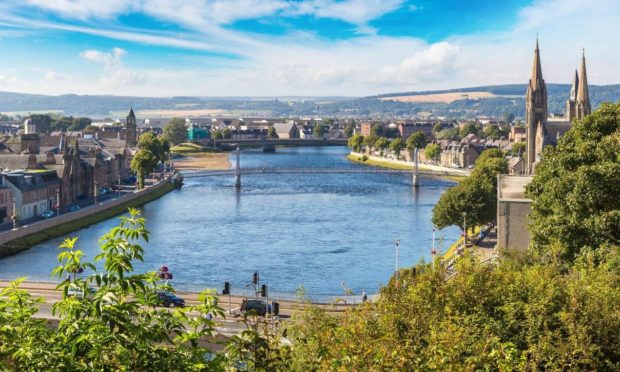Residential property prices took a tumble from March to April as Scotland’s stamp-duty holiday came to an end.
According to the Office for National Statistics (ONS) House Price Index, property prices eased in April, ending 11 consecutive months of increases and come directly on the back of the tax holiday ending in Scotland.
Analysis of the House Price Index (Scotland) April 2021 by Walker Fraser Steele showed that April transactions were down by 35% in the month, with 25 local authorities seeing average price falls, compared to 25 with rises in March. Average prices, though, remain 10% higher than a year earlier.
In England, the stamp duty holiday was extended from March 31 to June 30 2021. Scotland’s, however, came back into force on April 1 with Land and Buildings Transactions Tax (LBTT) rates as follows:
Purchase price:
- Up to £ 145,000 – 0%
- £145,001 to £250,000 – 2%
- £250,001 to £325,000 – 5%
- £325,001 to £750,000 – 10%
- Over £750,000 – 12%
A relief for first-time buyers is available, which increases the residential nil rate band of LBTT to £175,000.
The downturn in growth sits in stark contrast with the 10-month property boom with almost uninterrupted price growth from May 2020 onward. However, estate agents and surveyors have urged some caution when looking at the figures, saying that sharp uptakes in house prices are a market response to deadlines and tax holidays, creating specific buying patterns, rather than reflecting steady trends.
Alan Penman, business development manager at Walker Fraser Steele, said: “We’ve got used to prices rising almost inexorably, but we can see that in April 2021, the monthly growth rate in house prices fell by -1.5%, as a good proportion of higher-value sales had been completed in March. This left mainly lower-value sales being made in April.
The end of the LBTT holiday in March boosted sales for that month but thereafter things have cooled.”
“What this has meant, at a regional level, is that the average value of house prices in April fell in 25 of the 32 local authority areas in Scotland, compared to just seven falls in March. This is by no means a sign of things to come but it demonstrates again the impact of the tax holiday.”
The question which remains now is whether transactions will return to the high numbers seen during the last four months of 2020, or if they will remain at the lower level seen in April of this year.
John Tindale, Acadata senior housing analyst with the UK housing data and research firm, said: “When a stamp-duty holiday approaches its end date, housing analysts anticipate a rush of relatively high-value sales, as purchasers seek to gain the advantage of the tax holiday before it is too late.
When a stamp-duty holiday approaches its end date, housing analysts anticipate a rush of relatively high-value sales
“Once the end date is reached, all goes quiet, the rush of additional high-value sales drops away, and the number of transactions returns to previous levels – or on occasions even lower.”
So while top-end properties may incur extra costs, there is some hope for first-time buyers. With just under 2,500 properties in Aberdeen and Aberdeenshire under £150,000 – and no LBTT up to £145,000 – it’s as good a time as any to make the first move.
